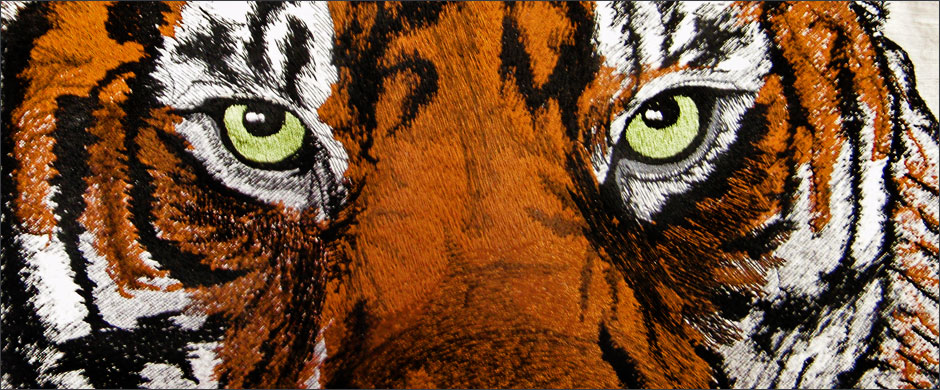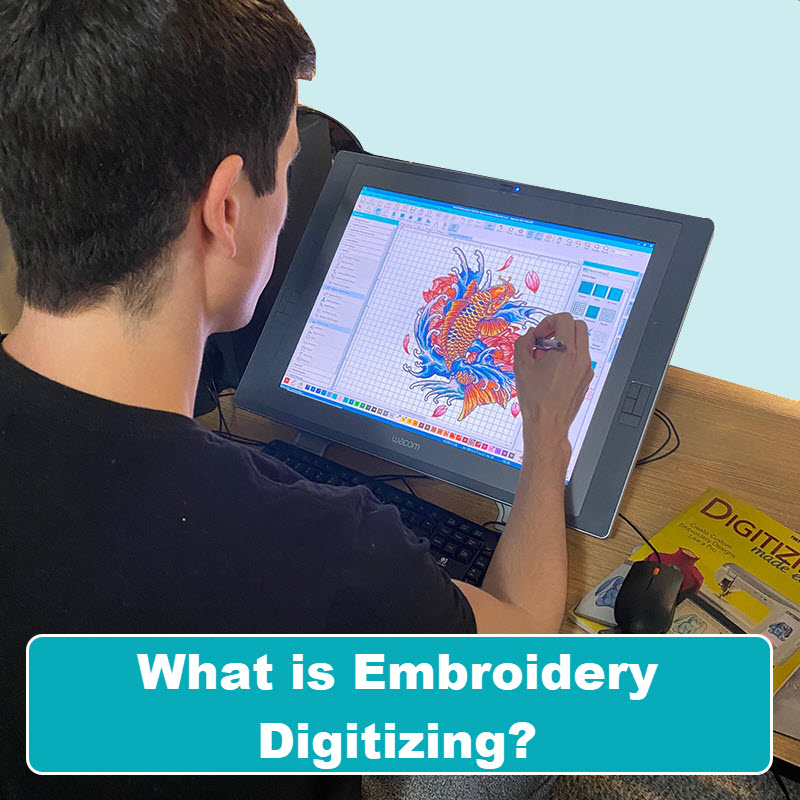Grasping the Embroidery Digitizing Process: Your Ultimate Guide
Embroidery digitizing is a careful craft that requires precision and expertise to translate elaborate layouts right into electronic layouts for equipment needlework. As artisans start this journey to master the embroidery digitizing process, a comprehensive understanding of the essentials establishes the foundation for excellence. Nevertheless, beyond the simple expertise lies a realm of sophisticated software application, specialized devices, and nuanced techniques waiting to be discovered. By diving right into the nuances of digitizing, one can open a world of innovative opportunities and raise their needlework projects to brand-new elevations.

Recognizing Needlework Digitizing Essentials
Needlework digitizing fundamentals form the foundation whereupon elaborate styles are equated into machine-readable styles for exact stitching. This initial action in the needlework digitizing process is critical for making certain that the final stitched product is a loyal depiction of the original design. Recognizing embroidery digitizing fundamentals involves comprehending essential principles such as stitch types, stitch instructions, density, rug, and draw settlement.
Stitch types play an essential role in identifying the aesthetic and textural end result of the embroidered layout. By picking the suitable stitch kind, whether it be satin, fill, or running stitch, digitizers can achieve the desired impact and boost the total top quality of the needlework. Furthermore, stitch instructions influences the flow and dimension of the design, while density establishes the spacing and protection of the stitches.
Additionally, underlay sewing gives security to the style by safeguarding the fabric and protecting against distortion during the needlework process. Pull settlement is an additional essential consideration to counteract the all-natural tendency of textile to contract when sewn. Grasping these embroidery digitizing fundamentals is fundamental for developing professional-quality embroidered products.
Choosing the Right Digitizing Software
Picking the ideal digitizing software is a crucial decision that substantially affects the performance and high quality of the embroidery digitizing procedure. Digitizing for Embroidery. When choosing the right digitizing software application, it is important to think about aspects such as the intricacy of designs you prepare to develop, the user-friendliness of the software program, the degree of consumer assistance supplied, and the compatibility with your needlework machine
There are different digitizing software program choices available out there, ranging from standard programs for newbies to sophisticated software application for specialist digitizers. Some prominent options include Wilcom EmbroideryStudio, Hatch Needlework Software, and PulseID. These software offer a variety of tools and functions to help you produce complex styles easily.
Before making a choice, it is recommended to discover the different software alternatives with complimentary trials or demonstrations to figure out which one ideal suits your demands. Additionally, reading evaluations and looking for recommendations from skilled digitizers can give useful insights into the strengths and weak points of each software (Digitizing for Embroidery). By meticulously evaluating your demands and contrasting the features of different digitizing software application, you can make an informed option that boosts your needlework digitizing operations
Digitizing Tools and Strategies

Optimizing Layout Settings for Needlework
Understanding the complexities of layout setups is fundamental in attaining optimal outcomes in the needlework digitizing process, structure upon the foundation laid by comprehending digitizing devices and methods. When maximizing design setups for needlework, it is vital to consider aspects such as stitch kind, density, rug, pull payment, and enrollment. Registration setups straighten different aspects of the layout accurately, preserving total design stability.

Troubleshooting Common Digitizing Issues
When experiencing usual digitizing problems throughout the embroidery procedure, it is important to recognize the origin and execute reliable services promptly. One typical trouble is stitch density concerns, where stitches may be as well dense, causing the material to tighten, or too sporadic, bring about gaps in the layout. Adjusting the stitch density setups in the digitizing software application can helpful hints aid resolve this issue.
One more constant challenge is thread breaks throughout the embroidery process. This can take place due to different factors such as wrong tension setups, plain needles, or using low-grade thread. Guaranteeing correct upkeep of the needlework maker, consisting of normal needle modifications and stress adjustments, can decrease the occurrence of thread breaks.
Furthermore, layout enrollment mistakes can result in misaligned aspects within the needlework layout. Examining the layout placement in Read More Here the digitizing software and making required modifications prior to sewing can aid in preventing this concern. By addressing these common digitizing issues immediately and effectively, you can guarantee a smoother embroidery process and high-grade ended up items.
Conclusion
In conclusion, grasping the embroidery digitizing process needs a solid understanding of the basics, the best option of software application, and expertise of tools and methods. Enhancing style settings and troubleshooting common digitizing issues are crucial actions in making certain top quality embroidery outcomes. By complying with these steps vigilantly, one can achieve accuracy and effectiveness in the digitizing process.